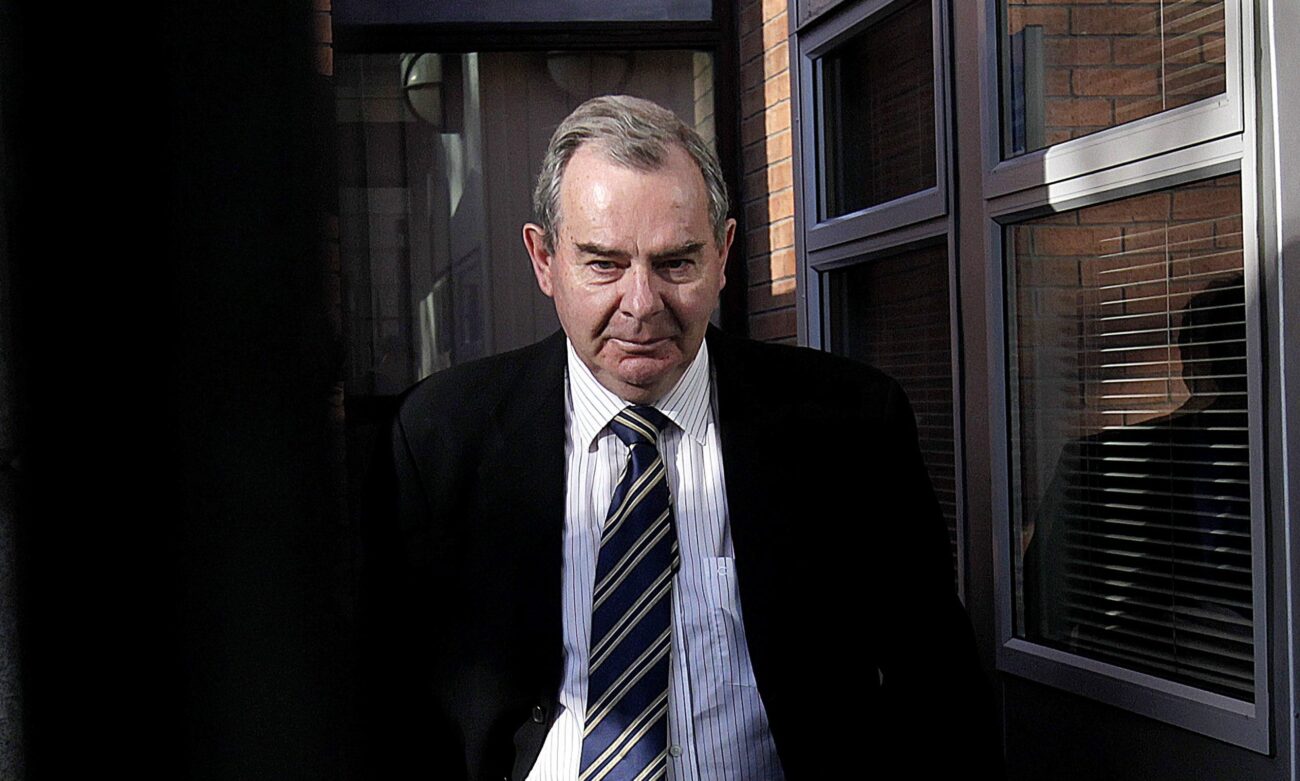Kieran Wallace is not known for walking slowly. For much of the past 15 years, the accountant has either been rushing into one meeting, or hurrying out of another. Technically, his office is on the third floor of KPMG’s industrial style office block, overlooking picturesque St Stephen’s Green in the heart of Dublin city. Wallace, however, is rarely in it; his diary crammed with a never-ending slew of meetings, consultancies and staff updates. Increasingly, much of his time is now spent overseas, with a variety of companies, state agencies, even governments, seeking to extract some of the knowledge he amassed…
Cancel at any time. Are you already a member? Log in here.
Want to continue reading?
Join today with an Annual membership and get full access to The Currency for just €200 (68c per day) or try monthly membership for just €5 for your first month.

